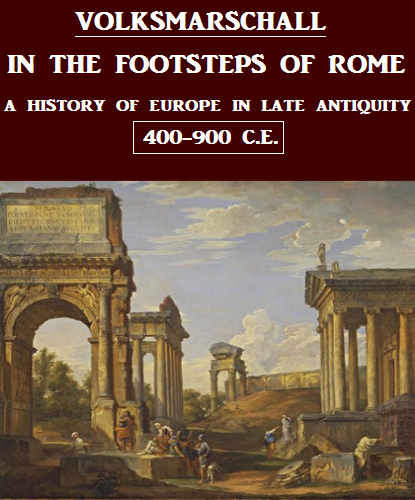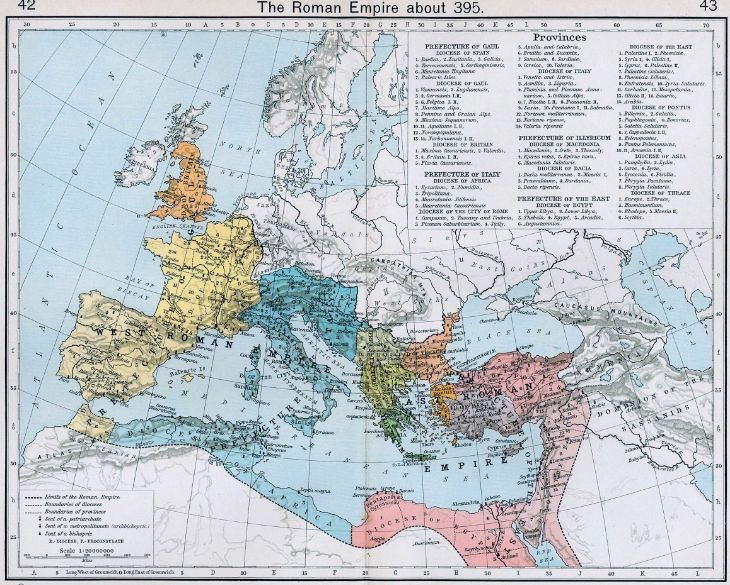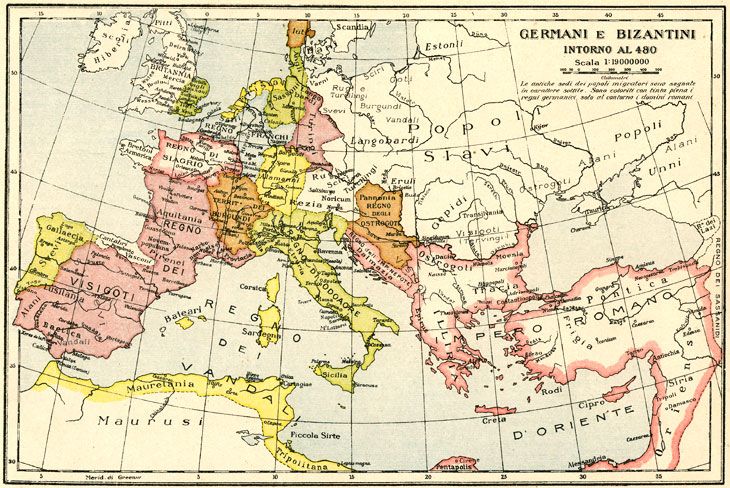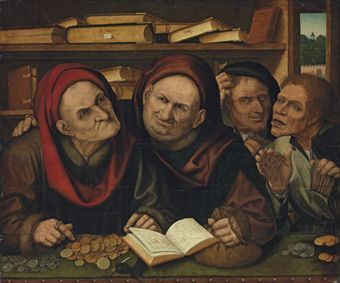Greetings everyone, I am volksmarschall – the humble (or not so humble) author of this AAR you have kindly stumbled by. I am the proprietor of three well-received AARs (thank you all who have taken the time to read and comment), the first two in Victoria and the third in EUIV.
For those unfamiliar with me, introductions are in order, and I hope to get to know you – as best as one possible could on an online forum. I am an economist, historian, and philosopher by training. As a result, my AARs tend to be “textually driven” with only a few in-game screenshots. If you are hoping to find an AAR with pretty pictures of the game, how well I am doing, please continue at your discretion because you will not find that here.
The purpose of this AAR, as many of my prior AARs is two-fold. I hope to provide you an entertaining and engaging “historical” narrative of my game, and (perhaps the more apparent) to include actual history into the AAR. As a result, my AARs have been said “to read like history books” which is my proper attention (and to maintain a similar writing prose that is required of my work). Late Antiquity is the historical term used by most contemporary historians when describing what most people know as the “Dark Ages” – which is generally accepted as being a myth. There never was a “Dark Age,” and the term and idea of a Dark Age comes from Enlightenment and Romanticist historiography (the study of, or methodological formation of history – this is what we, as real historians, actually do). Thus, this AAR will also serve as a historical introduction into Late Antiquity, which will be both related and unrelated to in-game developments.
I generally like to give “bonus points” for the first person to correctly note the title my AAR pays homage to, and the artwork that I use for the titular image.
I hope you all enjoy. Cheers!
Bibliography & Endnote
TABLE OF CONTENTS
Introduction (below)
Part I: The Fall of the Roman Empire
Chapter 1 - The Burden of Empire The Roman World in the Third Century.
(pt. II) The Decentralization of the Roman Empire
(pt. III) Life and Economy in the Late Period Empire
(pt. IV) The Frontier Fortifications and Their Influence upon Charlemagne and Western European Identity
Chapter 2: Crisis and Collapse of the Roman Empire in the West The Roman-Sassanid Wars
(pt. II) Stilicho saves Rome, Constantine III is declared co-emperor, Sack of Rome by Alaric
(pt. III) The Vandals Sack Rome, Odoacer Marches on Ravenna and the Roman Empire Falls
Part II: The Empires of the East
Chapter 3: Byzantine Survival and Triumphs Evolution of the term "Byzantine," Rise of Justinian and Theodora, Belisarius Takes Rome
(pt. II) Decline of Justinian's Empire, Byzantine Iconoclasm
(pt. III)* The Ascendancy of Basil I and the Beginning of the Byzantine-Nicaean Civil War (870-873 C.E.)
Chapter 4: Crisis in the Byzantine Empire* The Battle of Claudiopolis
(pt. II)* The End of the Civil War and the Macedonian Renaissance
Chapter 5: Persia in Late Antiquity The Culture of Persia in Late Antiquity
(pt. II) The Byzantine-Sassanid Wars and the Sassanid Civil Wars
(pt. III) The Arab Invasion and the Fall of the Sassanid Empire
Chapter 6: The Rise of the Arabs and the Abbasid Golden Age Arabia in the Age of Jahiliyyah, and the Rise of Muhammad
(pt. II) The Birth of Islam, The Rightly Guided Caliphs, and the Rise of the Umayyads
(pt. III) The Battle of Karbala and the Sunni-Shi'a Divide, the Rise and Fall of the Umayyads, and the Abbasid Ascendancy
(pt. IV)* The Abbasid Civil Wars
(Pt. V)* The Golden Age of the Abbasid Caliphate
Chapter 7: The Byzantine Renaissance
Part III: The Post-Roman West
Chapter 8: Italy in the Aftermath of the Roman Empire (coming)
(pt. I) The "Barbarian" Kingdom of the Ostrogroths and their Influences upon the Lombard Kingdom of Italy
(pt. II)* Louis II Drives out the Muslims
(pt. III)* Economy and the Measles Outbreak of 867 (Inquiries into Social Life and Medicine)
(pt. IV)* Louis II's Ambitions for a United Italy is Defeated
Chapter 9: Western Europe in the Aftermath of the Roman Empire (coming)
Chapter 10: The Moors in Spain (coming)
Part IV: Assessment and Conclusion
Epilogue: Conclusion, Late Antiquity vs. the Dark Ages (coming)
*Chapter includes gameplay and therefore, "alternative" history. This was project designed to introduce the Paradox Forum, and readers to the Historiographical paradigm of Late Antiquity (what historians use now instead of the terrible phrase "Dark Ages" because of the baggage associated with it). It also provides an introductory (actual) history into the Romans, Byzantines, Persians (Sassanids), Arabs (Muslims), and other great powers and civilizations that are available at the 867 Old Gods DLC start. For those wanting the "AAR" elements, select the chapters designated with a star. The AAR timeline, for the purposes of making this an AAR, is from 867-900 (tentative end date so I can play, a few years, as all the major powers so to have a 'thorough' report on them and some in-game developments).
Last edited:








